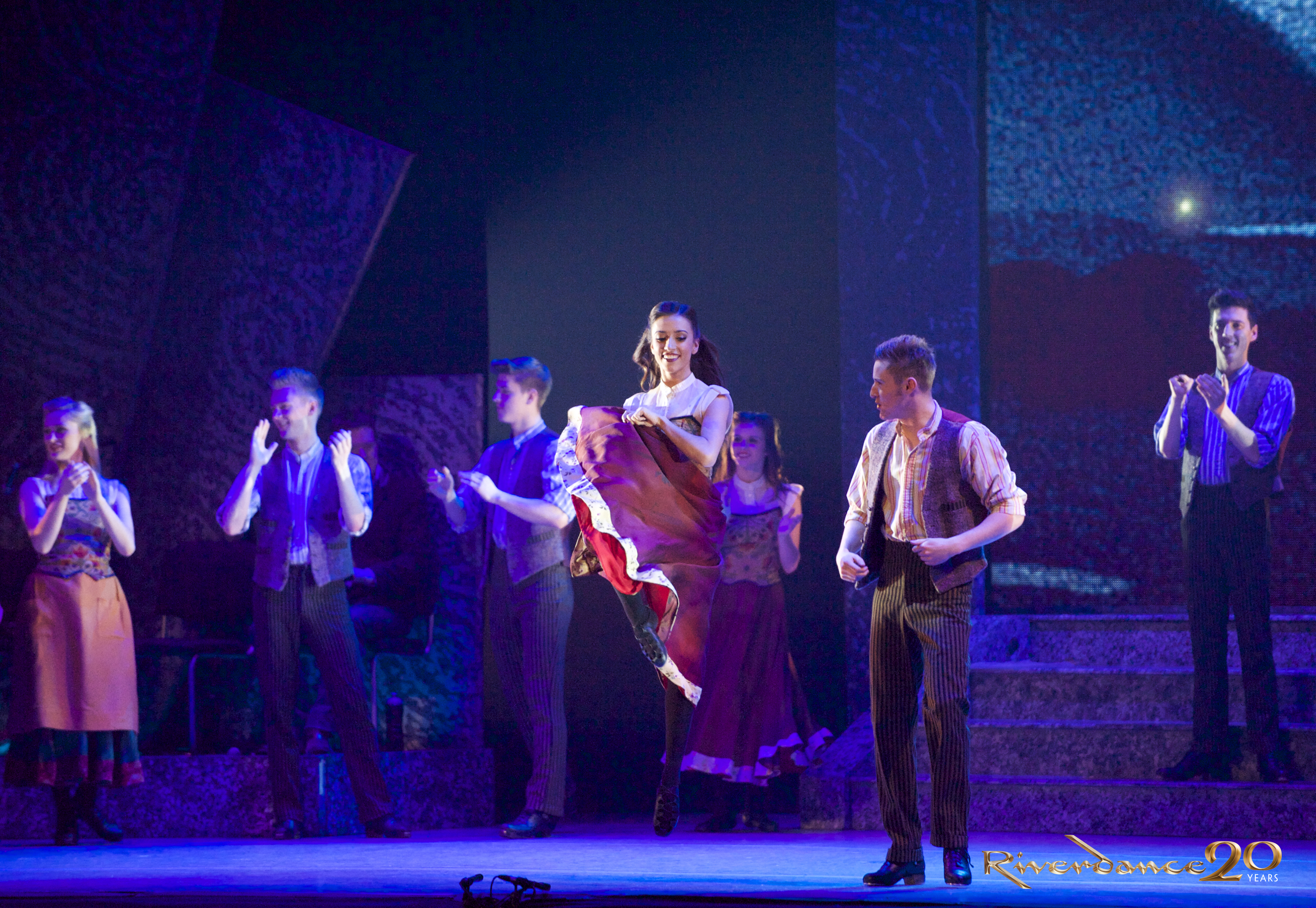"Riverdance" is returning to Japan. Twenty years on from its debut as an interval in the Eurovision Song Contest in 1994, the Irish step-dancing show that revamped and massively expanded the genre's global appeal is returning to Japan for its sixth tour.
It's hard to overstate the effect that first "Riverdance" performance had on Irish dancing. I grew up doing Irish dancing — it wasn't a popular pastime for boys, and as a style of dancing it was quite rigid as hand movements were forbidden. Outside of Ireland and Irish communities around the world it was about as well known as hurling. But, to borrow a line from the poet W.B. Yeats, Irish dancing "changed, changed utterly" in the wake of "Riverdance."
The current show, which tours Japan in April, is the 20-year celebratory tour. Of course, many of the original cast, including Michael Flatley — famous as much for his waxed chest as his footwork — have long since moved on, but how else has the show changed?


















With your current subscription plan you can comment on stories. However, before writing your first comment, please create a display name in the Profile section of your subscriber account page.